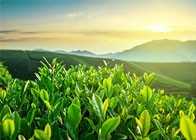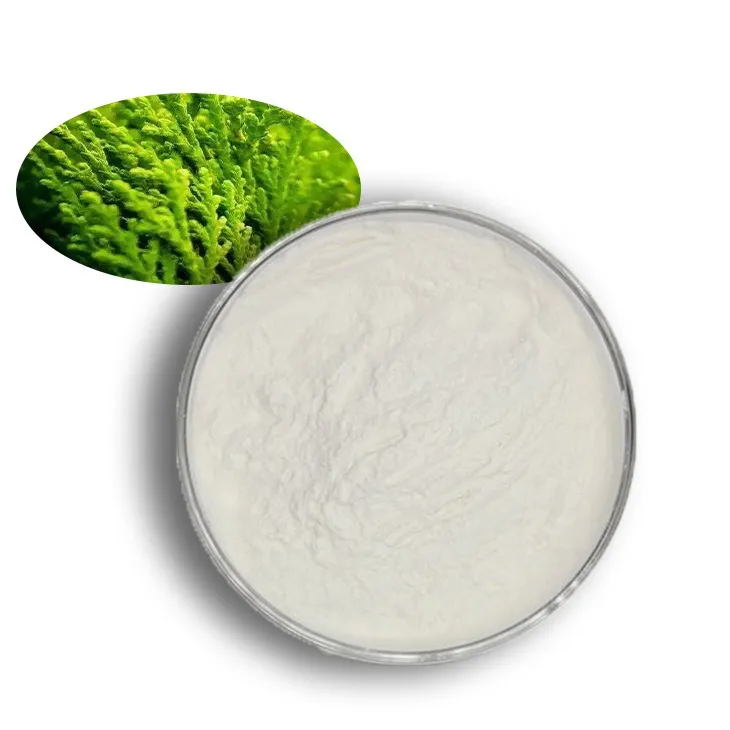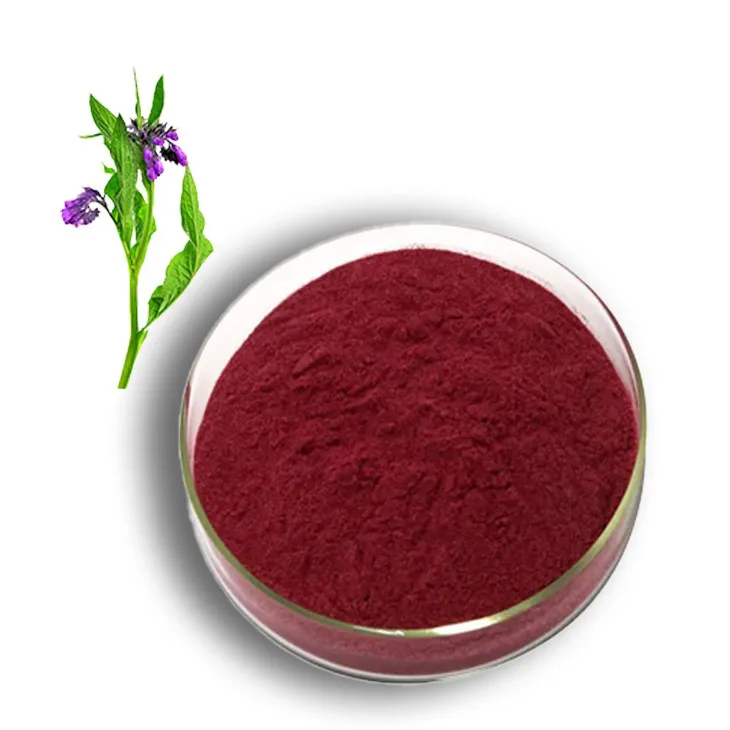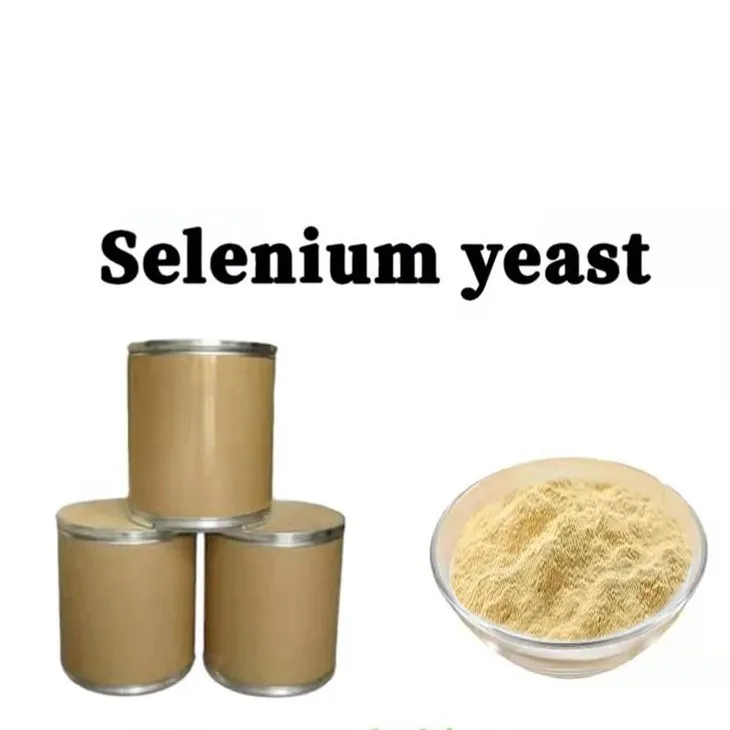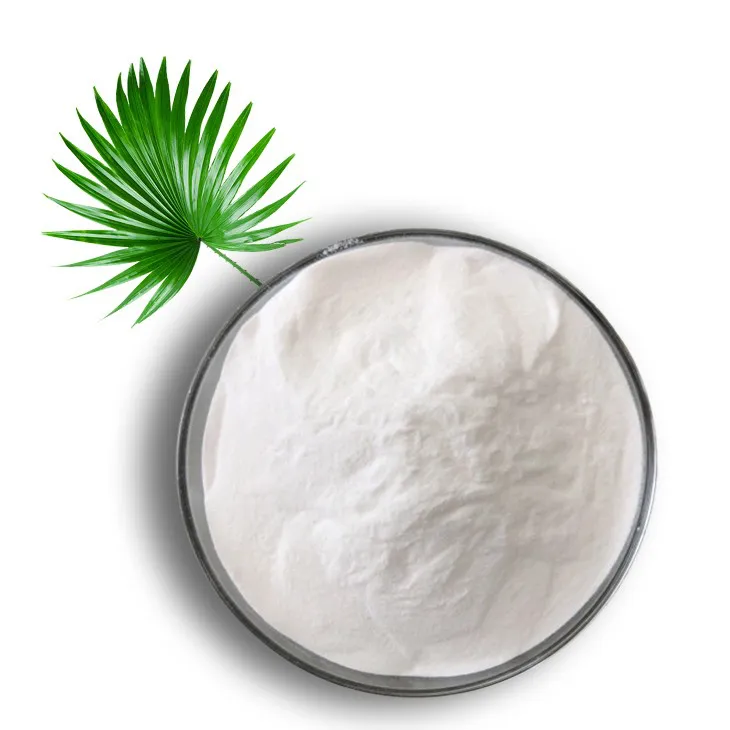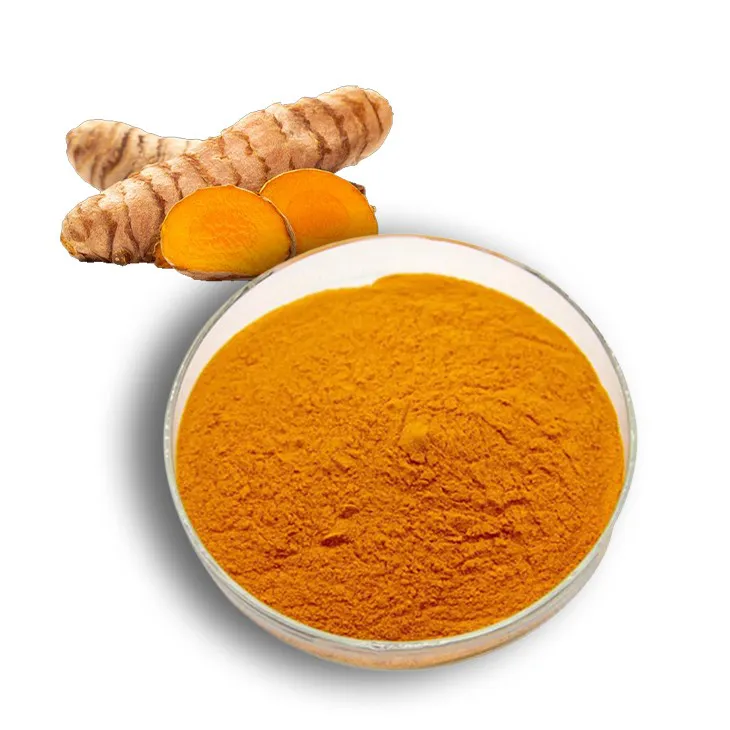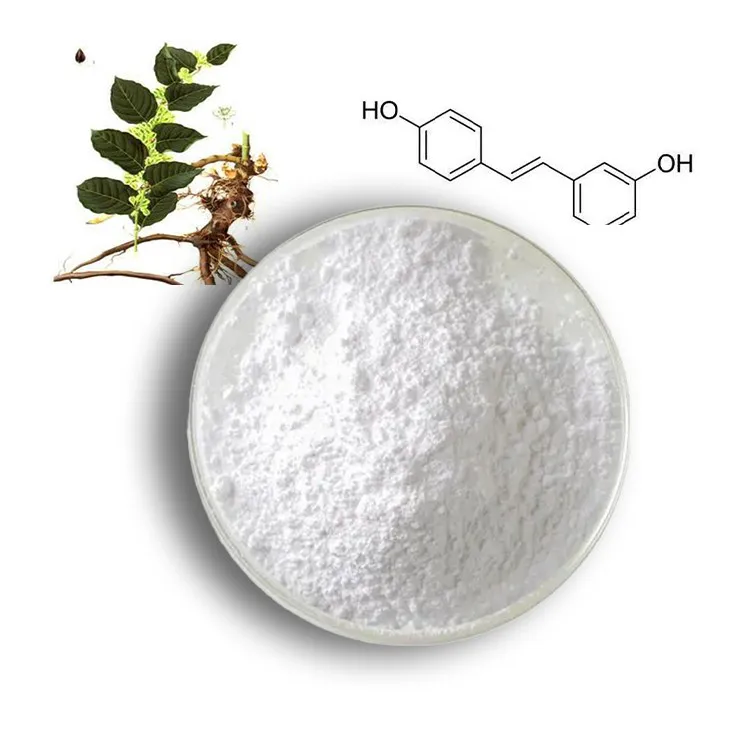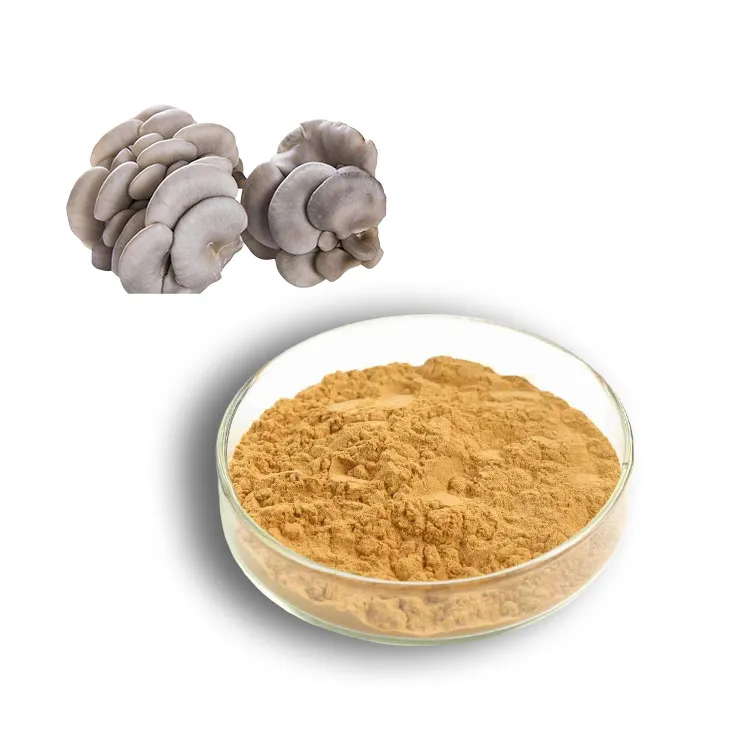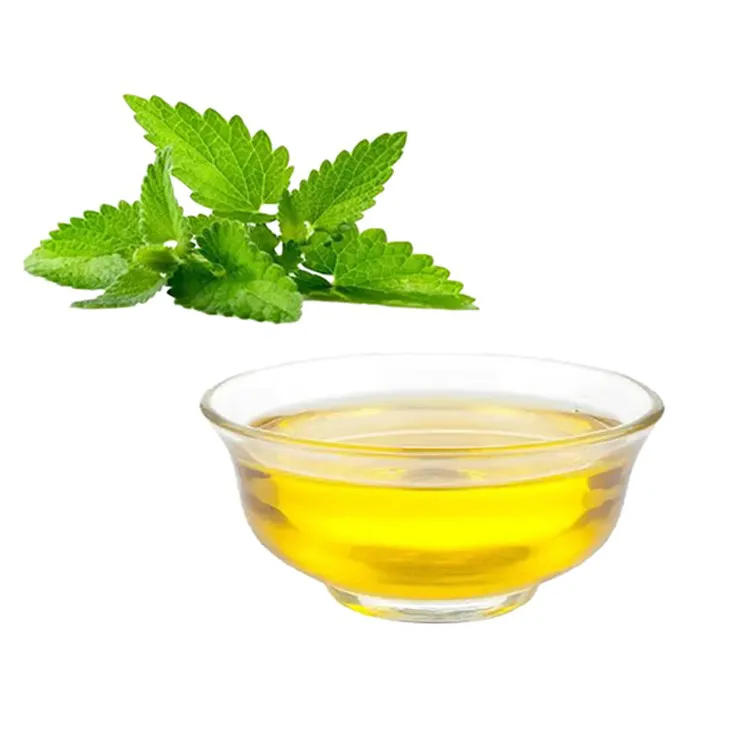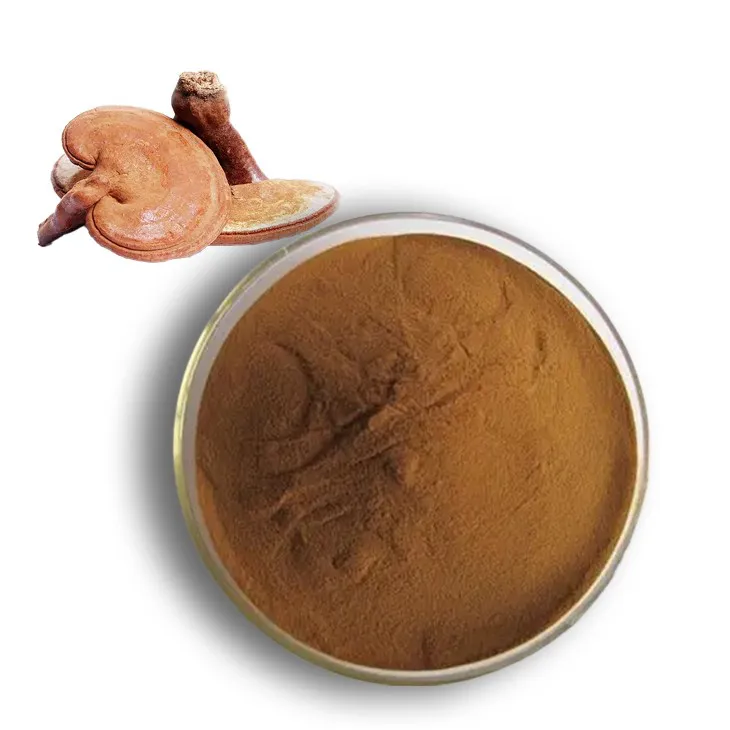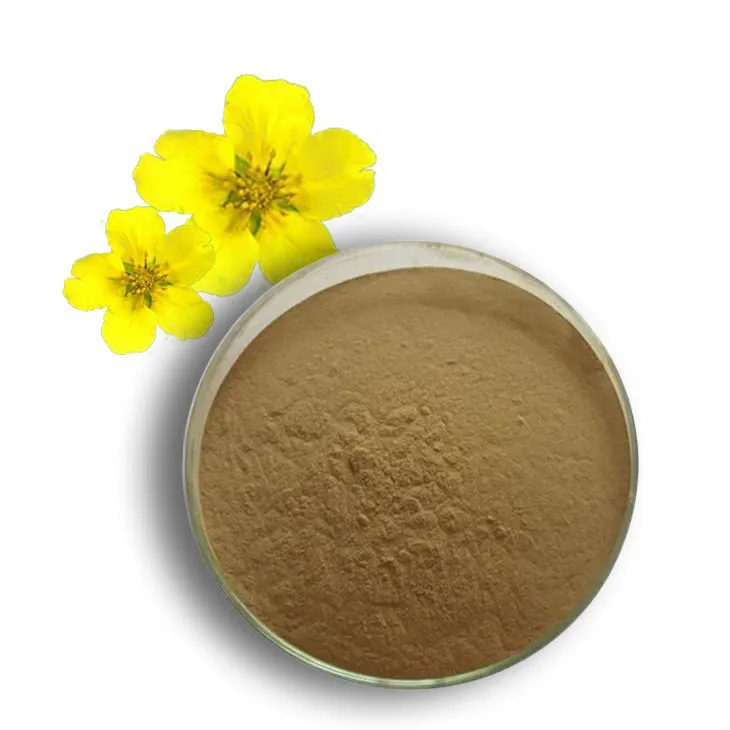- 0086-571-85302990
- sales@greenskybio.com
How to get plant extract?
2025-09-24
Plant extracts have emerged as essential components in various industries—from cosmetics and pharmaceuticals to food and beverages. Derived from a wide range of botanical sources, these extracts harness the potent bioactive compounds found within plants, offering numerous health benefits and functional applications. Obtaining plant extracts is an intricate process that requires knowledge, precision, and the right techniques to ensure efficacy and purity. In this article, we delve into the methods and principles of plant extraction, providing a comprehensive guide on how to obtain plant extracts effectively.
Understanding Plant Extraction
Plant extraction is the process of isolating active ingredients or compounds from plant material. These compounds might include essential oils, alkaloids, flavonoids, terpenes, phenolics, or polysaccharides, each bearing specific therapeutic or functional properties. Effective extraction is crucial—whether intended for drug formulation, food flavoring, cosmetic enhancement, or dietary supplementation.
Several factors influence extraction, such as plant type, desired compounds, solvent choice, and extraction method. Key considerations include:
- Plant Material: Different parts of plants—leaves, stems, roots, flowers, seeds—contain varying concentrations of desired compounds. Selecting the correct part is foundational.
- Solvent Choice: Extraction involves solvents, used to dissolve plant compounds. Water, ethanol, methanol, acetone, and oil are commonly used, each carrying specific properties.
- Extraction Techniques: Techniques vary widely, some employing heat, others pressure or mechanical agitation—each articulate in extracting specific compounds.
Key Plant Extraction Methods
Plant extraction techniques are classified into traditional and advanced methods. Each has its unique procedural merits, efficiencies, and suitability for certain compounds.
1. Maceration
A traditional technique, maceration involves soaking plant material in a solvent at room temperature until constituents are dissolved. This method is suitable for vitamins, oils, and other non-volatile compounds. Simple and cost-effective, maceration is widely used for herbal remedies.
2. Infusion
Closely related to maceration, infusion uses hot solvent to expedite compound dissolution. Tea preparation illustrates infusion—ground plant mixed with boiling water extracts volatile oils and flavor.
3. Percolation
An advanced method adapted for pharmaceutical extraction, percolation facilitates continuous solvent passage through plant material. This dynamic interaction produces concentrated extracts, beneficial for potent active constituents.
4. Distillation
Suitable for volatile compounds, distillation uses heat to evaporate and condense plant components. Steam distillation is popular for essential oils, ensuring purity and preservation of aromatic compounds.
5. Soxhlet Extraction
Soxhlet extraction is process-intensive, using reflux and continuous cycling solutions to extract non-volatile and heat-stable compounds. It's preferred for persistent compounds like alkaloids.
6. Cold Pressing
Used for extracting oils from seeds or fruits, cold pressing crushes plant material, mechanically extracting oils without heat or solvents. Preserving constituents, cold pressing is crucial for flavor oils and situative plant chemicals.
7. Supercritical Fluid Extraction (SFE)
An advanced technique using supercritical fluids like carbon dioxide. Operating at regulated temperature and pressures, SFE extracts delicate compounds like flavonoids—imperative in health, food, or beauty products.
8. Ultrasound-Assisted Extraction (UAE)
Utilizing ultrasonic waves enhances extraction efficiency, UAE expedites compound release via cavitation effects. This accelerates extraction processes without degrading sensitive plant compounds.
Optimization Considerations
Achieving optimal extraction requires strategic balancing—considering solvent, temperature, and time—but equally respects sustainability and cost. Essential to optimize method selections where possible, prioritizing methods attuned to target extracts.
A regular assessment of yield, purity, and economic viability should guide method choice. Experimental adjustments and process scaling further facilitate large-scale extract production.
Practical Guidance and Applications
While understanding extraction techniques is pivotal in professional contexts, practical incorporation enhances technique benefits:
1. Determine Purpose: Begin by identifying extract purpose—therapeutic, flavoring, aromatics—and select relevant plant material and methods.
2. Conduct Research: Extensive literature review aids understanding, factor assessment, and prior examples of similar extraction initiatives.
3. Prepare Materials: Carefully prepare selected plant material—clean, sort, and grind where necessary. Uniformity ensures consistent compound extraction.
4. Select Method: Match extraction method to intended application and plant properties. Factor solvent, temperature, and extraction time.
5. Monitor Process: Supervise extraction process closely, ensuring procedural precision, safety, and target realization.
6. Assess Quality: Implement analysis techniques—chromatography, spectroscopy, microscopy—to ascertain compound content and purity.
7. Scale Production: For commercial contexts, scale production leveraging suitable equipment, regulatory compliance, and sustainability practices.
Safety and Regulatory Insights
Extraction techniques entail comprehensive understanding of solvents and plant derivative properties; prioritize safe practice and regulatory guidelines. Mitigate risks associated with volatile and hazardous solvents or sensitive plant compounds.
Ensure adherence to industry standards and material testing to maintain product integrity, consumer safety, and market confidence.
Conclusion
Plant extraction encompasses a rich blend of traditional wisdom and modern scientific innovation—each advancing the pursuit of isolated active compounds in various market sectors. As attention to plant-based formulations transcends health and lifestyle boundaries, extracting plant constituents conscientiously and effectively become critical.
Whether in laboratory settings, industrial production, or artisanal craft, understanding extraction methods and enhancing extraction strategies maximizes constituent potential. Through methodical practice and informed decision-making, plant extraction elevates botanical abundance, promoting wellness and quality in cutting-edge ways.
Green Sky Bio provides the best extracts and supplements. It is a Chinese self-developed brand that is trustworthy! Welcome to email us to inquire about our products
- ▶ Hesperidin
- ▶ Citrus Bioflavonoids
- ▶ Plant Extract
- ▶ lycopene
- ▶ Diosmin
- ▶ Grape seed extract
- ▶ Sea buckthorn Juice Powder
- ▶ Fruit Juice Powder
- ▶ Hops Extract
- ▶ Artichoke Extract
- ▶ Mushroom extract
- ▶ Astaxanthin
- ▶ Green Tea Extract
- ▶ Curcumin
- ▶ Horse Chestnut Extract
- ▶ Other Product
- ▶ Boswellia Serrata Extract
- ▶ Resveratrol
- ▶ Marigold Extract
- ▶ Grape Leaf Extract
- ▶ New Product
- ▶ Aminolevulinic acid
- ▶ Cranberry Extract
- ▶ Red Yeast Rice
- ▶ Red Wine Extract
-
Carrageenan Extract Powder
2025-09-24
-
Shikone Extract
2025-09-24
-
Selenium yeast
2025-09-24
-
Saw Palmetto Extract
2025-09-24
-
Curcumin
2025-09-24
-
Resveratrol extract
2025-09-24
-
Oyster Mushroom Extract Powder
2025-09-24
-
Peppermint Oil
2025-09-24
-
Reishi mushroom extract
2025-09-24
-
Tormentil Extract
2025-09-24

